For every blog post you’ve read on the benefits of juicing, you’ve probably seen another advising caution. Strangely, some of the juicing naysayers are leaders and organizations promoting a plant-based diet for optimal health.
This leads to unnecessary confusion about the health benefits of juicing as part of a whole food, plant-based diet and lifestyle.
I want to assure you that fresh, green vegetable juices, while not required, can be a powerful tool for creating a healthy body. So let me address the concerns that are most often mentioned.
“Because FIBER!”
In the juicing process, the insoluble fiber is removed from the produce. The resulting juice contains the vitamins, minerals and phytochemicals of the produce, but not much of the insoluble fiber.
Fiber is important for overall health. It aids digestion, helps support colon health and provides longer satiety. So on the surface, removing the fiber sounds like a bad thing to do.
Fresh juices do, however, retain the soluble fiber. Soluble fiber helps lower cholesterol, helps control blood sugar, and also supports bowel health.
Moreover, the vegetables most often used in green juices are not high-fiber foods. A cup of kale, as fibrous as it may seem, only delivers 5% of the recommended daily allowance.
If you are eating true high fiber foods, like beans, lentils, peas and whole grains, and eating fruits and vegetables at your other meals, you are probably getting plenty of dietary fiber.
Dark leafy greens and cruciferous vegetables should be eaten every day. At a minimum, 2 servings of greens and 1 serving of cruciferous vegetables.
Because they are so anti-inflammatory, Dr. Caldwell Esselstyn recommends that his heart patients eat SIX fist-size servings of cooked greens daily. (Cooked because it’s easier to consume more when it’s cooked.) That’s a lot of greens!
A green juice makes it possible to get the powerful nutrition of green vegetables in an easy to consume way. In one 16 oz. juice, you can get the nutrition of a very large cucumber, 4 large leaves of kale, 4 stalks of celery, and a broccoli stem. All those vitamins, minerals and phytochemicals are liberated from the insoluble fiber, so they can go to work in your cells in just 15-20 minutes.
“Because SATIETY!”
Satiety is the big word for “feeling satisfied” after a meal.
The insoluble fiber in plant-foods makes you feel fuller longer, so some people worry that a green juice will lead to over-eating. They argue that you should just eat the produce instead of juicing it, so that you’ll stay fuller longer.
Seems like a real concern, so let me break it down.
If you have a fresh 16” oz. juice for breakfast, it will probably only satisfy you for a couple of hours. After all, it was likely only 150-200 calories.
When you get hungry, you can eat something healthy – like a piece of whole fruit, or some nuts – to get you to lunch. You’ll probably have consumed fewer calories than if you had eaten a full meal.
And you would have undoubtedly consumed more vegetables.
I don’t know about you, but veggies are not normally on my breakfast menu in a meaningful quantity unless I juice them.
Enjoying a green juice does NOT lead to binging on bags of chips or boxes of cookies. In fact, you will probably find that starting your day with a green juice sets you up for healthier choices throughout your day.
And enjoying a green juice later in the day as a pick-me-up snack, in place of a sugar-laden coffee drink or soda, is definitely a healthier option.
Establishing, and maintaining, a daily juice practice is one of the healthiest things you can do for your body.
It’s the only way to get more nutrition with few calories.
- More cancer-fighting phytochemicals.
- More free-radical neutralizing antioxidants to slow aging
- More vitamins and minerals for healthy skin, bones, eyes and teeth.
When it comes to greens – more is better!
When it comes to nutrient density, the nutrition delivery of a fresh juice is generally is 2.5:1. You get 2.5X the nutrition compared to a whole food smoothie of the same size.
If you are into juicing, especially green juices, then you already know the benefits. You feel it in your body, and you see it in the mirror.
If you are interested in juicing as a way to start eating more plant-based, go for it!
Click here to get your free Tasty Green Juice Recipes.
If you are already eating plant-based, and are adding juices to help with energy, weight loss or just because you want the highest level of nutrition possible, juice on!
As a Certified Health Coach and Certified Juice Therapist, I help people harness the power of juicing and a plant-based diet to take control of their health, achieve a healthy weight and thrive in their daily lives.

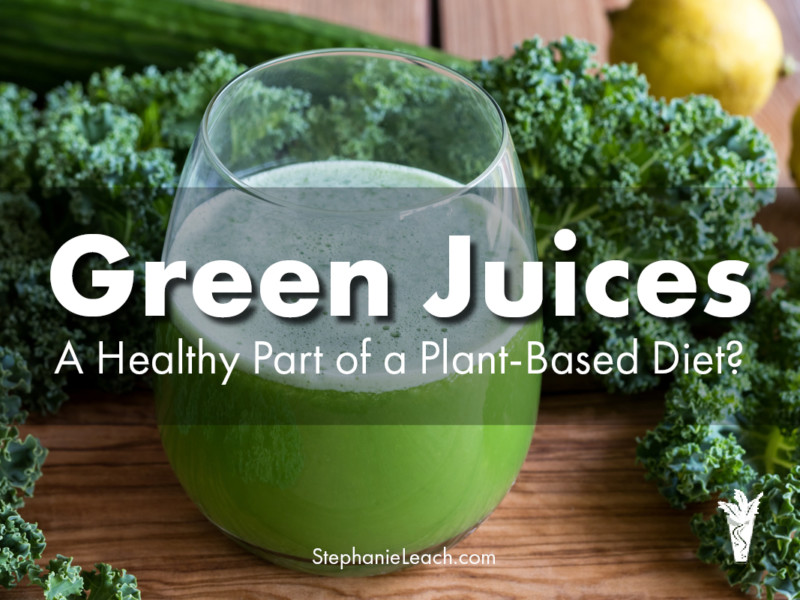

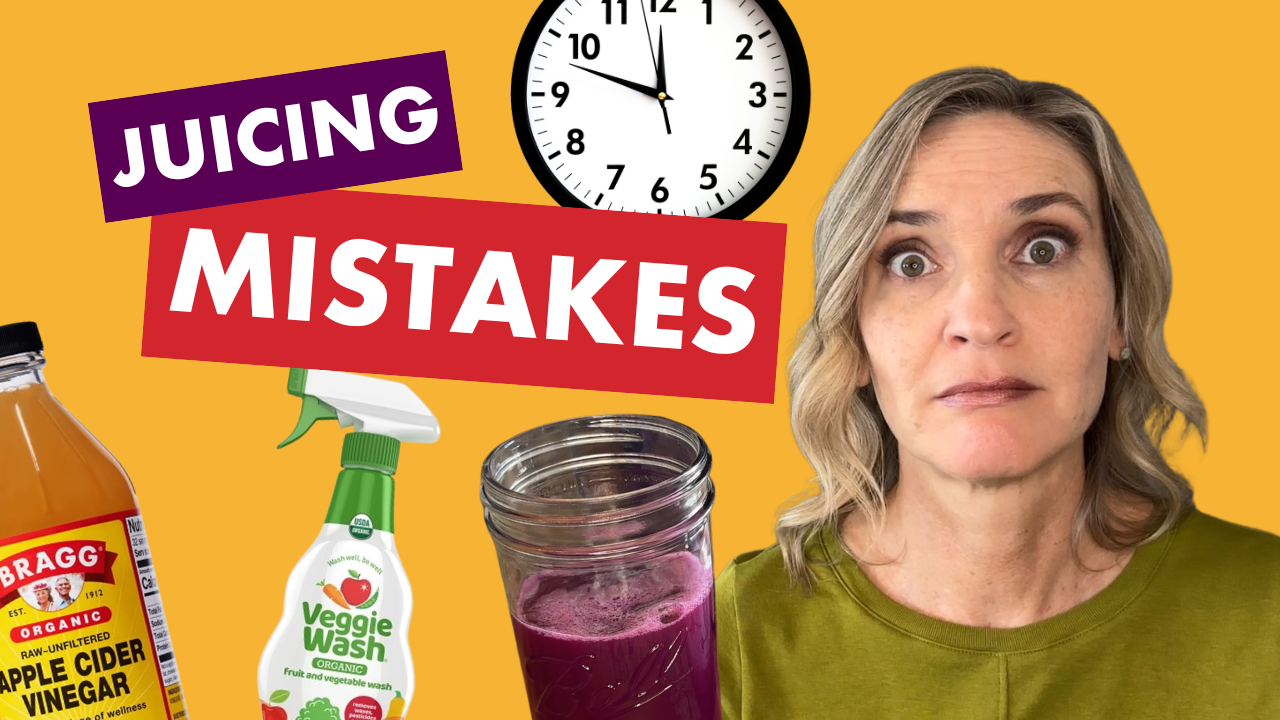
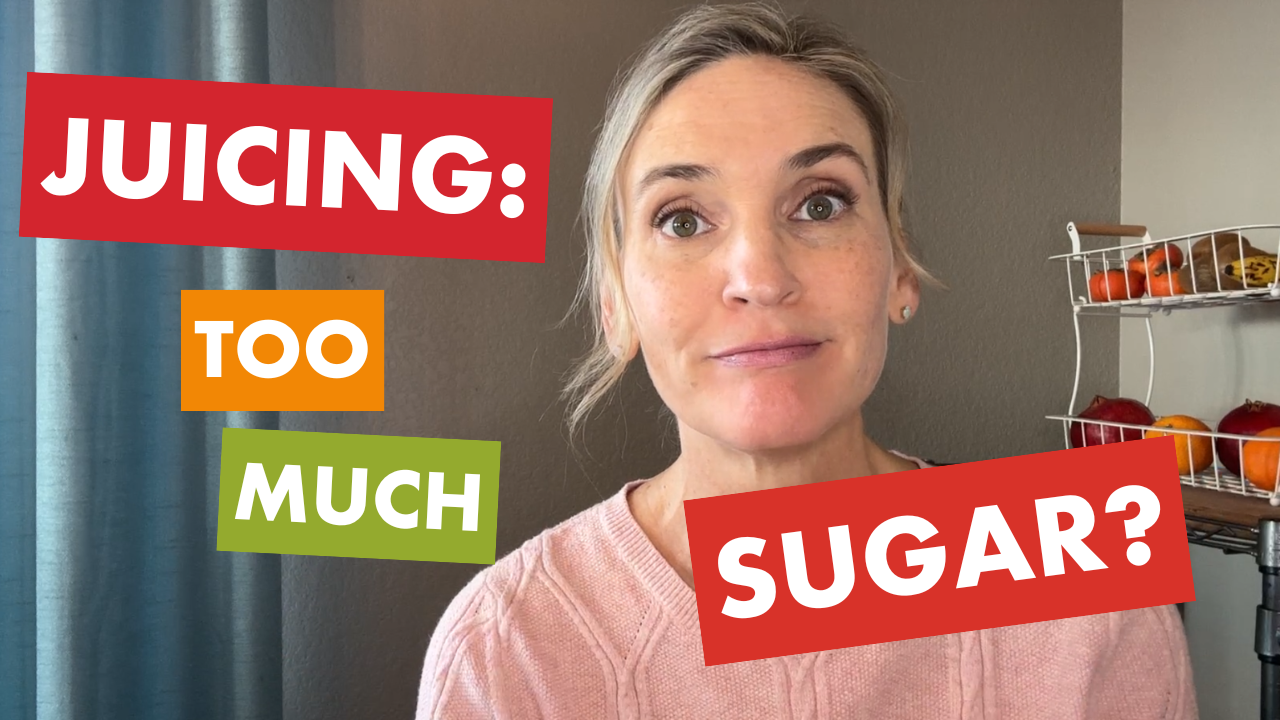
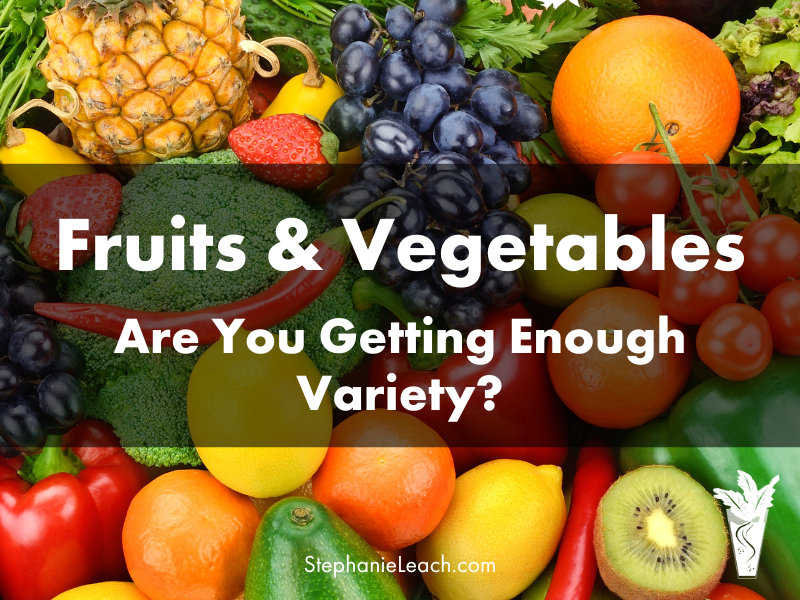
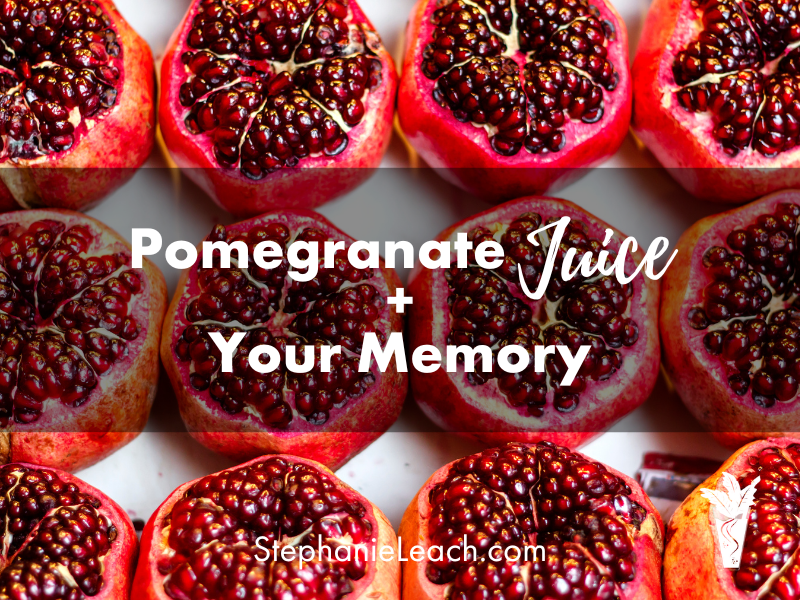
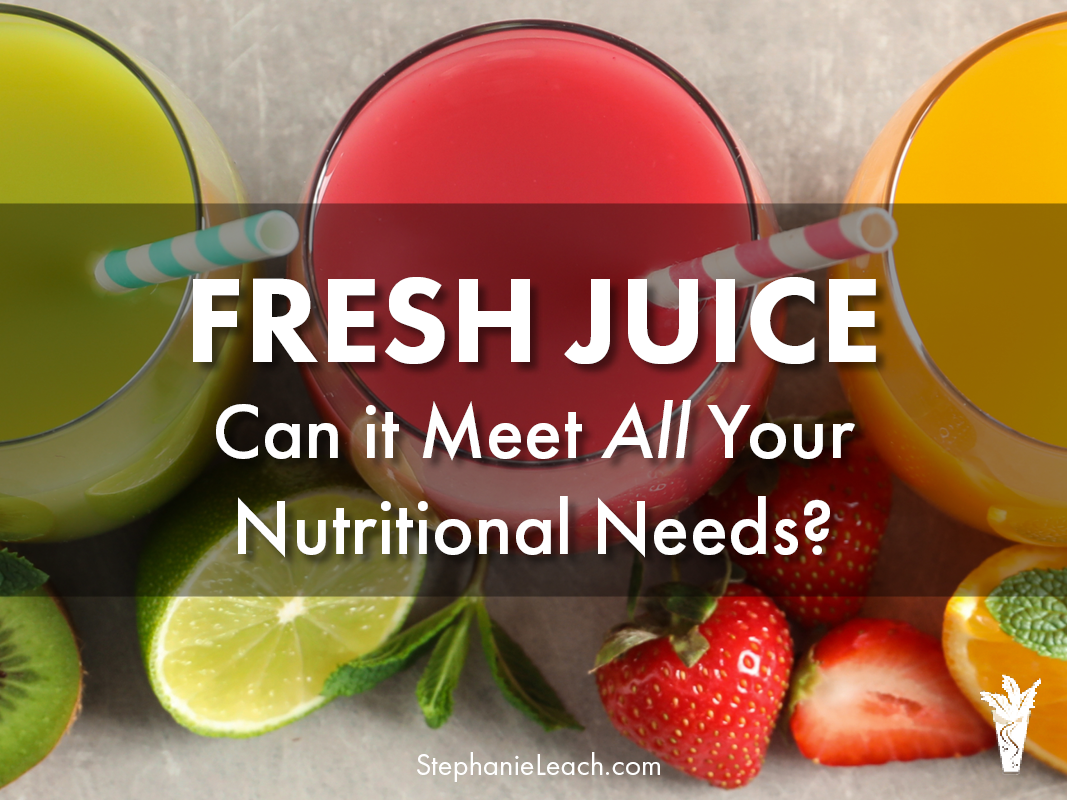
Leave A Comment